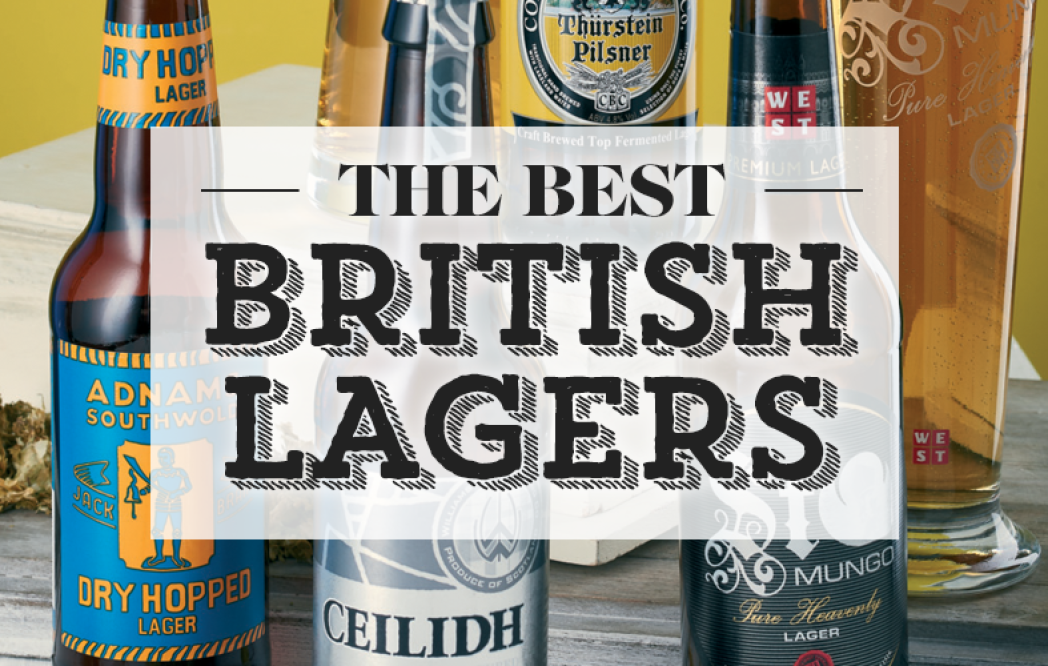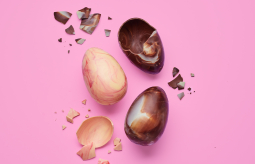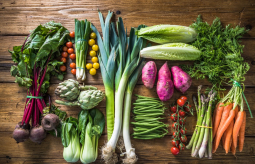I used to think ‘lager’ was a dirty word. Dad, inspirer of my beerloving ways, frowned upon it. ‘Nasty, yellow fizzy stuff that costs more than a pint of bitter’, was among the more polite things he said about it. But over time I learned there’s much more to lager than that. Of course, it’s not exactly a British tradition. Lager’s roots lay in Europe and are related to times when beer couldn’t be brewed in the summer because it would be spoiled by the heat. Instead brewers, especially in places like Bavaria, worked hell for leather during winter, then stored the beer in cool caves packed with ice to last through the summer. This is where the name lager actually comes from – in German ‘lagern’ means ‘to store’.
What sets lager apart from other beers, which all fall under the banner of ‘ale’, is yeast and fermentation. Lager yeast likes cool conditions, takes its time and is so laid back it sinks to the bottom when it’s done. Ale yeast prefers it warm, gets the job done quickly and then rises to the top in a froth of celebration.
I’m not the only one who’s ever frowned on lager. It’s got a bit of a reputation problem having been cast as the fuel of violent drunks – even though it’s people who are violent; beer is just beer – and connoisseurs tend to look down their noses at it because the massproduced stuff isn’t the greatest tasting of drinks and is served so cold most of the flavour is utterly subdued. Then there are the brands which boast about national origins but are actually contract brewed far away from where they say they are from.
But I have good news. We are in the midst of a new wave of brilliant British lagers! Despite what I’ve said above, lager is still the most popular beer in the world. Ale brewers have wised up to this and brewed up some amazing and delicious lagers of their own.
There are so many good ones it’s been hard to make a shortlist. So look out for Harviestoun Schiehallion (4.8%), Fuller’s Frontier (4.5%) and St Austell Korev (4.8%) – all available on draft (and bottled) – as well as these for your fridge this summer.
THE BEERS
On the hop: Adnams Jack Brand, Suffolk Dry Hopped Lager (4.2%).
Much fruitier than the name suggests, this is a great lager for ale lovers who want to be converted. Lots of body, subtle mandarin and melon flavours, a dry finish and a malty aftertaste conspire to persuade even the most dedicated of ale fans.
Pure tradition: WEST Brewery, Glasgow St Mungo (4.9%).
Classic lager refreshment and clean character, restrained sweetness and hints of vanilla and lemon make for a beer that’s heavenly by name and nature.
Let’s dance: Williams Bros, Clackmannanshire Ceilidh 90 (4.7%).
Another from Scotland – the soft water there is perfect for making lager. Crisp and balanced with a floral character and a decent hop hit balanced by honeyed cereal flavours.
Brit in disguise: Coniston Brewing Co, Cumbria Thürstein Pilsner (4.8%).
This juicy lager from the Lake District takes its name from the Norse name for Coniston Water. Another one to persuade ale lovers, it’s sweetish but packs a decent hoppy bite and a moreish, biscuitty aftertaste.














